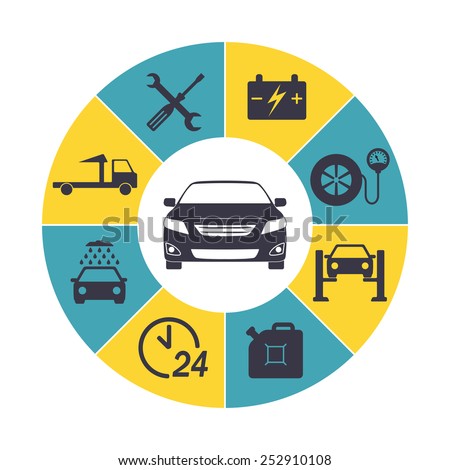Evaluating Your Vehicle'S Caution Indicators: What They Really Convey
Evaluating Your Vehicle'S Caution Indicators: What They Really Convey
Blog Article
Written By-Vinson Kejser
When you lag the wheel, those glowing warning lights on your dashboard can be a little bit complicated. Do brushless car wash near me recognize what they're trying to inform you regarding your vehicle's wellness? Comprehending the significance of these lights is essential for your safety and security and the durability of your vehicle. So, the following time among those lights pops up, wouldn't you intend to decode its message precisely and take the necessary steps to address it?
Common Caution Lights and Interpretations
Identify usual warning lights in your auto and recognize their definitions to make certain safe driving.
One of the most regular warning lights consist of the check engine light, which signals concerns with the engine or discharges system. If this light begins, it's vital to have your lorry inspected promptly.
The oil stress cautioning light shows reduced oil pressure, needing immediate attention to prevent engine damages.
A flashing battery light could suggest a damaged billing system, possibly leaving you stranded if not resolved.
The tire stress monitoring system (TPMS) light signals you to low tire stress, affecting vehicle security and fuel effectiveness. Ignoring this could cause hazardous driving problems.
The abdominal light shows a problem with the anti-lock braking system, jeopardizing your ability to stop promptly in emergency situations.
Last but not least, the coolant temperature level cautioning light warns of engine overheating, which can result in serious damage otherwise solved quickly.
Recognizing these typical caution lights will aid you resolve concerns quickly and preserve risk-free driving problems.
Value of Prompt Attention
Comprehending the typical warning lights in your car is only the primary step; the significance of quickly attending to these warnings can not be highlighted enough to ensure your safety and security on the road.
When a warning light brightens on your dashboard, it's your automobile's method of interacting a prospective issue that needs attention. Ignoring these warnings can cause much more serious troubles in the future, endangering your security and potentially costing you more in repairs.
Trigger focus to cautioning lights can protect against breakdowns and accidents. For example, a blinking check engine light might indicate a misfire that, if left ignored, could create damage to the catalytic converter. Resolving this without delay can conserve you from a pricey repair work.
Likewise, a brake system cautioning light may signal low brake liquid or worn brake pads, vital components for your safety and security when driving.
DIY Troubleshooting Tips
If you discover a warning light on your control panel, there are a few DIY fixing ideas you can attempt prior to seeking expert help.
you could try this out is to consult your vehicle's handbook to comprehend what the specific warning light shows. In some cases the problem can be as simple as a loosened gas cap triggering the check engine light. Tightening up the gas cap may resolve the issue.
An additional common problem is a reduced battery, which can activate different cautioning lights. Examining the battery connections for corrosion and ensuring they're safe could repair the problem.
If a caution light lingers, you can try resetting it by detaching the auto's battery for a couple of minutes and afterwards reconnecting it. Additionally, examining your lorry's fluid levels, such as oil, coolant, and brake fluid, can help repair alerting lights related to these systems.
https://brakeshopnearme28405.blogdosaga.com/30191397/required-equipment-for-every-single-vehicle-repair-service-business-to-operate-successfully , understanding your automobile's caution lights is necessary for maintaining your automobile running efficiently and safely. By promptly resolving these signals and understanding what they indicate, you can stay clear of expensive repairs and possible failures.
Remember to consult your automobile's guidebook for particular information on each cautioning light and take action appropriately to make sure a trouble-free driving experience.
Remain notified, stay secure when traveling!
